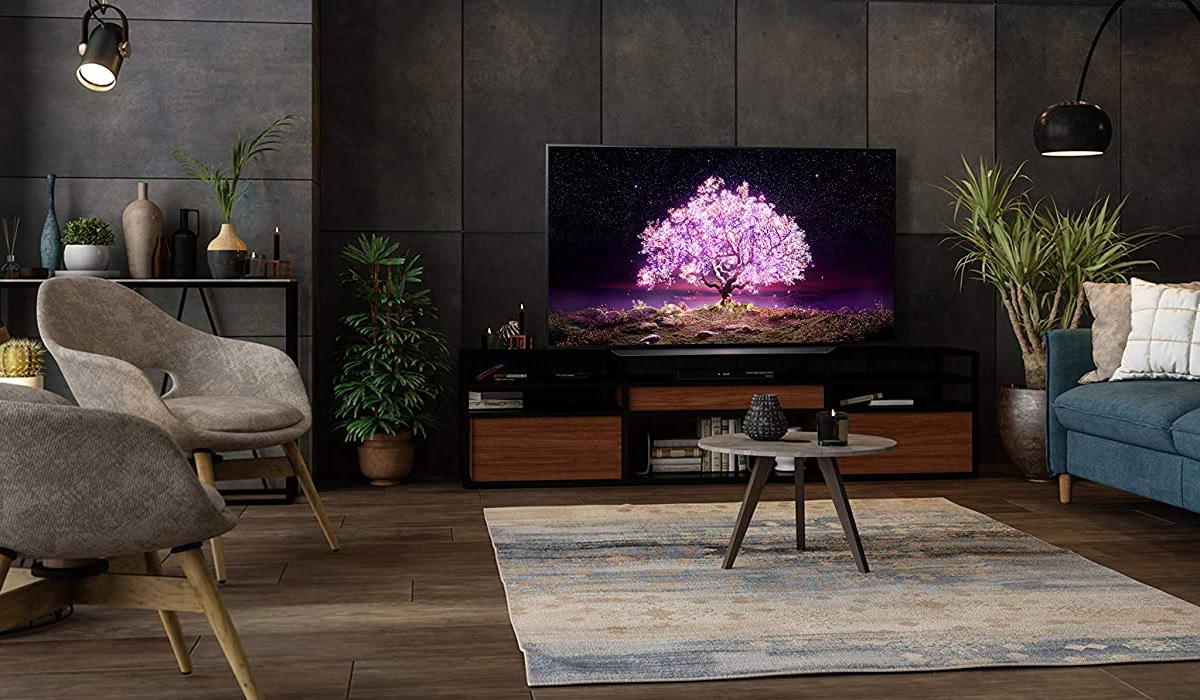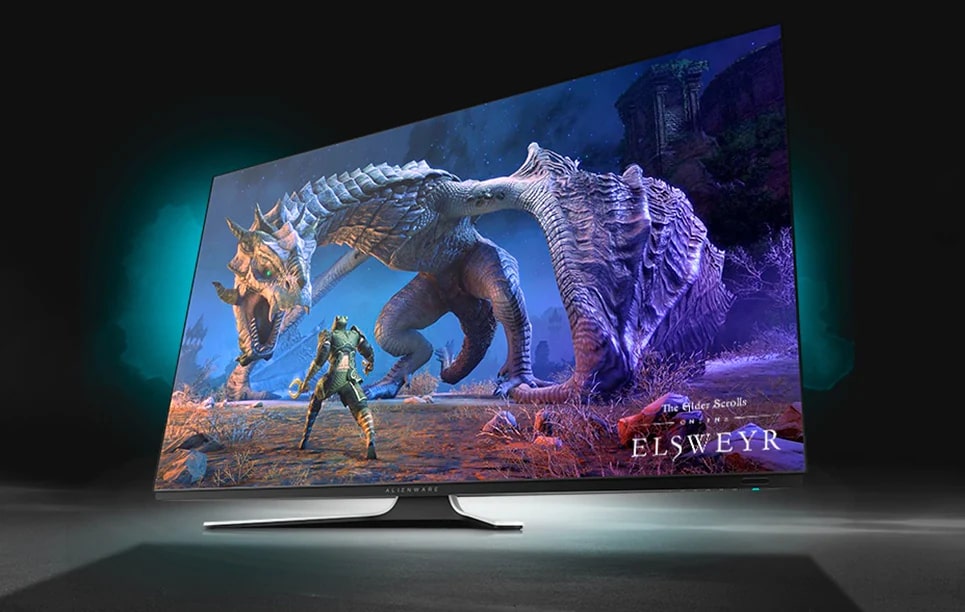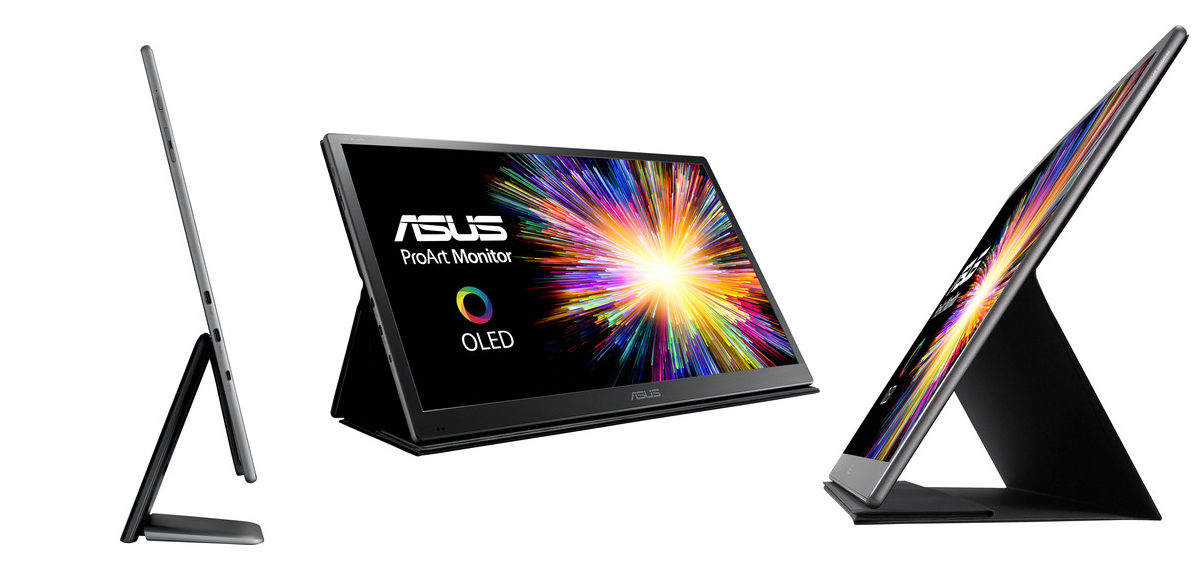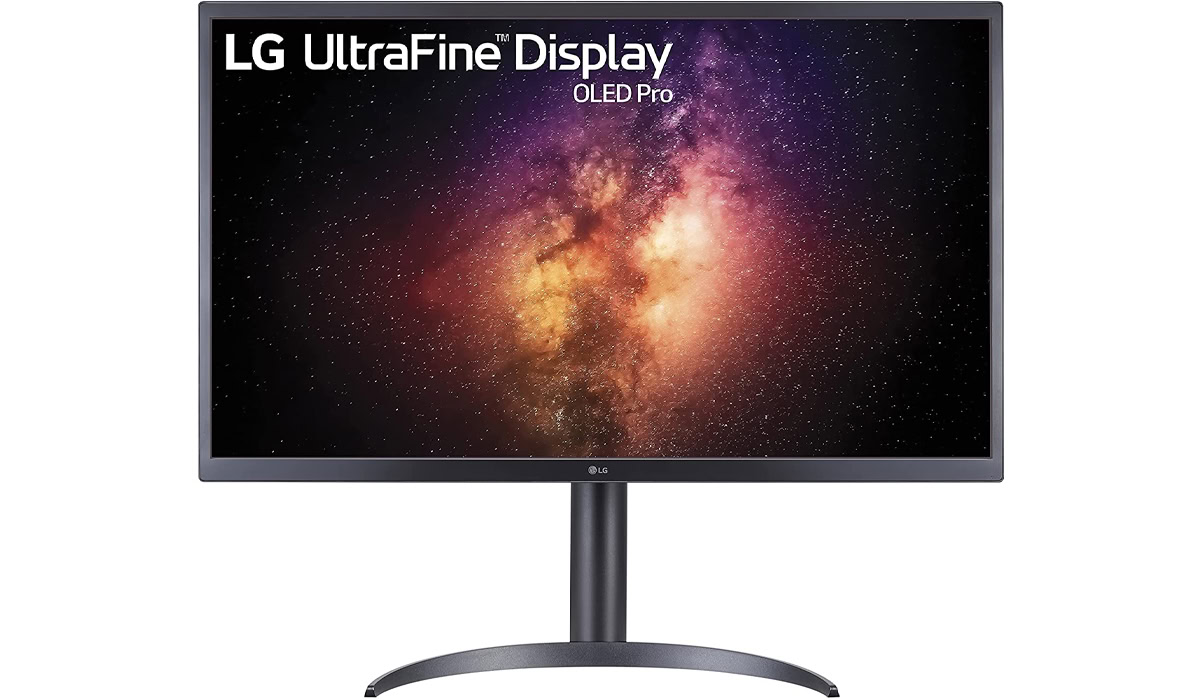People will typically seek out any bang-for-your-buck offerings when looking for a new monitor or TV. However, some want the best image quality to enjoy movies, shows, and games. If you’re that person, look no further than OLED.
You can see an in-depth explanation of OLED here. But the short version is that OLED monitors and other displays provide top-tier image quality by using self-lit pixels, eliminating the need for a backlight. This enables massive benefits over an LCD, such as outstanding contrast, rich colors, and excellent dynamic range. The image quality will benefit gamers, movie watchers, and content creators the most.
See also: The best budget 4K monitors
Where are all the OLED monitors?
Unfortunately, there aren’t too many choices for a proper desktop OLED monitor. Various factors contribute to the lack of options, but we’ll discuss some of the big ones here.
The short version of the biggest reason is that desktop-sized OLED panels are far more expensive to produce than their large format TV counterparts. That may sound counterintuitive, but people are more likely to buy a large OLED TV than they are a monitor that may have to be replaced in a short time due to normal OLED wear and tear. That brings us to our next point.
For most Windows users, the taskbar (or start bar, as some may call it) stays at the bottom of the screen, always up when the user needs it. This would easily be the most significant contributor to display burn-in, which, due to its static nature, would make something like your taskbar faintly visible in other places, such as while enjoying a good Netflix special. If you want an OLED monitor for full-time computer usage, I’d recommend setting your system up to hide the taskbar until you hover your mouse near the bottom of the screen to avoid burn-in.
Read more: The best 240Hz monitors
However, some better news is that OLED displays have made their way to a few laptops, so you can enjoy the rich colors and deep blacks in a mobile package.
All of that being said, OLED will still provide the best image quality out there, and there are a few options out there, but be prepared to shell out some serious cash to get your hands on them.
Best overall: LG 48C1 OLED

The best OLED monitor isn’t technically a monitor at all; the LG C1 lineup of OLED TVs is as close to the best TVs you can get. Not only are you getting LG’s stellar OLED panel and webOS, but you’re also getting gaming features like a 120Hz refresh rate and G-Sync + FreeSync compatibility.
See also: The best G-Sync monitors
If you’ve been lucky enough to nab either one, this is the perfect TV for the PS5 and Xbox Series. Experience your 4K high-framerate visuals and use your gaming system to the fullest on this TV. This is by far the best OLED for gaming.
Other OLED monitors worth considering
Best OLED monitors for gamers
- The Alienware AW5520QF 55-inch is a big screen that’s perfect for a next-gen console or high-end gaming PC setup. It has built-in speakers and a remote, making it ideal for a living room media center as well.
- The Gigabyte AORUS FO48U 48-inch features the same panel as the LG C1 lineup, so you can expect identical performance. This monitor will be good for those who don’t need a smart TV inside their monitor.
Best OLED monitors for content creators
- The Asus ProArt PQ22UC 22-inch is the perfect companion to traveling professional creators, featuring a stand that can emulate that of a standard monitor, elevated off of a desk.
- The LG Ultrafine EP950-B 32 or 27-inch is the desktop workhorse of the list. Perfect colors and stellar port selection make this offering great for home and office workstations.
Alienware AW5520QF: Great for gamers

The Alienware AW5520QF is marketed as a monitor, but let’s be honest, you’re not putting this 55-inch behemoth on your desk. This OLED monitor TV features a 120Hz refresh rate, compatibility with FreeSync and G-Sync, and Alienware advertises a crazy 0.5ms response time for a stellar and responsive picture.
See also: The best ultrawide monitors
In true Alienware fashion, there’s a pretty jazzy design on the back of the TV, along with some built-in accent lighting to go with your decor. Again, this is advertised to be a monitor, but a remote and speakers are included in the setup, just in case it was unclear what this really is.
Gigabyte AORUS FO48U: Also great for gamers

Going back to a 48-inch form factor, gaming brand Aorus (Gigabyte) has also stepped in with a fantastic offering. This one, like the others, features a 120Hz refresh rate and FreeSync compatibility. While Nvidia doesn’t officially list it as G-Sync compatible, Gigabyte claims that a firmware update has that feature working.
Read more: The best FreeSync monitors
The display panel in this OLED monitor TV is actually the very same panel as the LG C1 from the top of this list, so you can expect performance to be nearly identical, minus LG’s smart TV features.
Asus ProArt PQ22UC: Great for creators on the go

Gamers aren’t the only folks who can benefit from OLED monitors. The Asus ProArt PQ22UC is a monitor for the on-the-go professional. The 22-inch size makes it ideal for one of its hallmarking features; portability. The stand on this 4K monitor can emulate a desktop stand that sits elevated off a desk for ergonomics and better usability outside of the office.
Further reading: The best 24-inch monitors
Asus has a pretty long list of specs on this monitor too. It’s a 4K HDR-10 panel with 100% sRGB coverage and 99% Adobe RGB. It has 2 USB-C ports and a micro HDMI, comes factory calibrated, and includes everything you’d need to get started, including a neat carrying bag, since this monitor is a bit larger than your standard laptop bag.
LG UltraFine EP950-B: Great for pro workstations

Last up, LG is back with a non-gaming display this time. The UltraFine EP950-B comes in 27 and 32-inch variants and features a 4K HDR display, similar to the ProArt. It features 99% Adobe RGB and DCI-P3 coverage and 10-bit color for the best possible visuals during creative projects.
Port selection is great, too, with one HDMI, two DisplayPorts, three USB-A ports, a 3.5m audio output, and a nifty USB-C port with 90W power delivery.
Alternatives to OLED monitors
There aren’t that many options if you want an OLED monitor. However, there are some pretty good alternatives to OLED that have more perks too.
- The Asus ROG Swift PG32UQX is a 4K mini-LED gaming monitor with full-array local dimming, or FALD. This thing is bright with HDR 1400 certification. Other features include G-Sync compatibility and a neat OLED display to show information such as system temperatures or a customized image/animation.
- The Samsung Odyssey G9 is a massive 49-inch ultrawide monitor with a QHD resolution at 240Hz. The display features Samsung’s excellent QLED tech that offers near-OLED performance with no burn-in.

